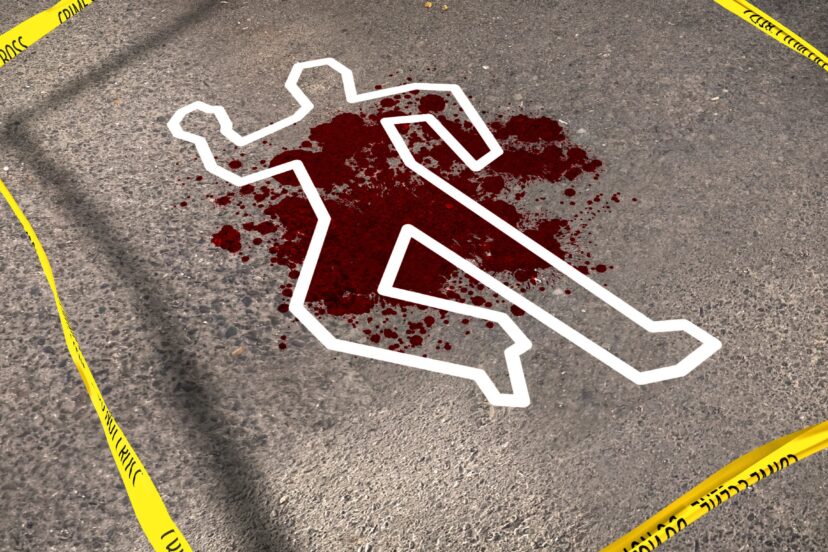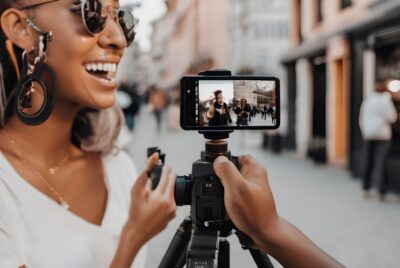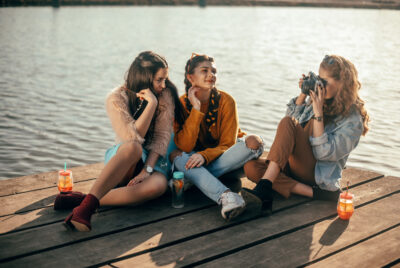Crime Scene Photography: Unveiling the Art and Science
Introduction
Crime scene photography is a specialized field that serves as a critical component of criminal investigations. As an enthusiast and advisor in the realm of crime scene photography, I aim to shed light on the significance of this art and provide insights into its techniques and responsibilities.
Understanding the Role of a Crime Scene Photographer
When a crime occurs, a crime scene photographer steps in as the visual historian of the incident. Their role is to document the scene in meticulous detail, capturing evidence, physical conditions, and the overall context. These photographs often become invaluable in solving crimes and achieving justice.
Equipment and Preparation
Before heading to a crime scene, a photographer must ensure they have the right equipment. This includes cameras with various lenses, tripods, lighting equipment, evidence markers, and protective gear. Adequate preparation is crucial to ensure nothing is overlooked.
Approaching the Crime Scene
Upon arrival at a crime scene, a photographer must approach it with a keen eye and a methodical mindset. It’s essential to assess the scene’s layout, lighting conditions, and potential hazards to plan the photography process effectively.
Capturing Critical Details
Crime scene photographers must pay attention to detail. Every piece of evidence, from fingerprints to bloodstains, must be captured accurately. These photographs may later be scrutinized in court, so precision is paramount.
Maintaining a Chain of Custody
To maintain the integrity of evidence, photographers must document the chain of custody for all photographs. This ensures that the images can be used as credible evidence in legal proceedings. Chain of custody (CoC), in legal contexts, is the chronological documentation or paper trail that records the sequence of custody, control, transfer, analysis, and disposition of materials, including physical or electronic evidence.
Lighting Techniques
Effective lighting is vital in crime scene photography. Photographers may need to use techniques such as oblique lighting or alternate light sources to reveal hidden evidence or enhance certain details.
Photographing Bodies and Victims
Photographing victims and deceased individuals requires sensitivity and respect. The photographer must document injuries and conditions while maintaining the dignity of the deceased.
Macro Photography for Evidence
Macro photography allows for extreme close-ups of evidence, such as ballistic markings or trace evidence. It helps in capturing details that may not be visible to the naked eye.
Working with Law Enforcement
Collaboration with law enforcement agencies is a crucial aspect of crime scene photography. Photographers must coordinate with investigators and forensic experts to ensure all relevant evidence is documented.
Adherence to Ethical and Legal Guidelines
Ethical conduct and adherence to legal guidelines are non-negotiable in crime scene photography. Photographers must be aware of privacy laws and ethical considerations when photographing sensitive scenes.
Post-Processing and Documentation
After the shoot, meticulous documentation and post-processing are necessary. Proper labeling, organizing, and storing of images are essential for maintaining a clear chain of custody.
Case Studies
Real-life case studies illustrate the significant impact of crime scene photography. These examples showcase how photographs have played a pivotal role in solving crimes and bringing justice to victims.
Challenges and Responsibilities
Crime scene photography comes with its set of challenges, including emotional distress and exposure to disturbing scenes. However, the responsibility of serving justice and contributing to a safer society is a driving force for photographers in this field.
Conclusion
In the world of criminal investigations, crime scene photography stands as a silent witness to the truth. It plays a vital role in ensuring that no detail goes unnoticed, and justice prevails. This article has aimed to unravel the art and science behind crime scene photography, emphasizing its importance in the pursuit of truth and justice.
Frequently Asked Questions (FAQs)
1. How do I become a crime scene photographer?
Becoming a crime scene photographer typically requires a background in photography and specialized training in forensic photography techniques. You may also need to work with law enforcement agencies.
2. Are there any specific camera and equipment recommendations for crime scene photography?
While the choice of equipment may vary, it’s essential to have a high-quality DSLR camera with interchangeable lenses, a tripod, and appropriate lighting equipment. Consult with experts for specific gear recommendations.
3. How do crime scene photographers deal with emotionally challenging scenes?
Coping with emotionally challenging scenes is one of the toughest aspects of the job. Many photographers receive counseling and support to manage the emotional toll of their work.
4. Can crime scene photographs be used as evidence in court?
Yes, witnesses often present crime scene photographs as evidence in court. However, their admissibility depends on legal procedures and the photographer’s adherence to proper documentation and chain of custody.
5. What is the most rewarding aspect of being a crime scene photographer?
Many crime scene photographers find deep satisfaction in knowing that their work contributes to solving crimes, bringing closure to victims’ families, and ensuring justice is served.
Further reading
Check out our other relevant articles:
Real Estate Drone Photography: Capturing Properties from New Heights
.





Comments are closed.